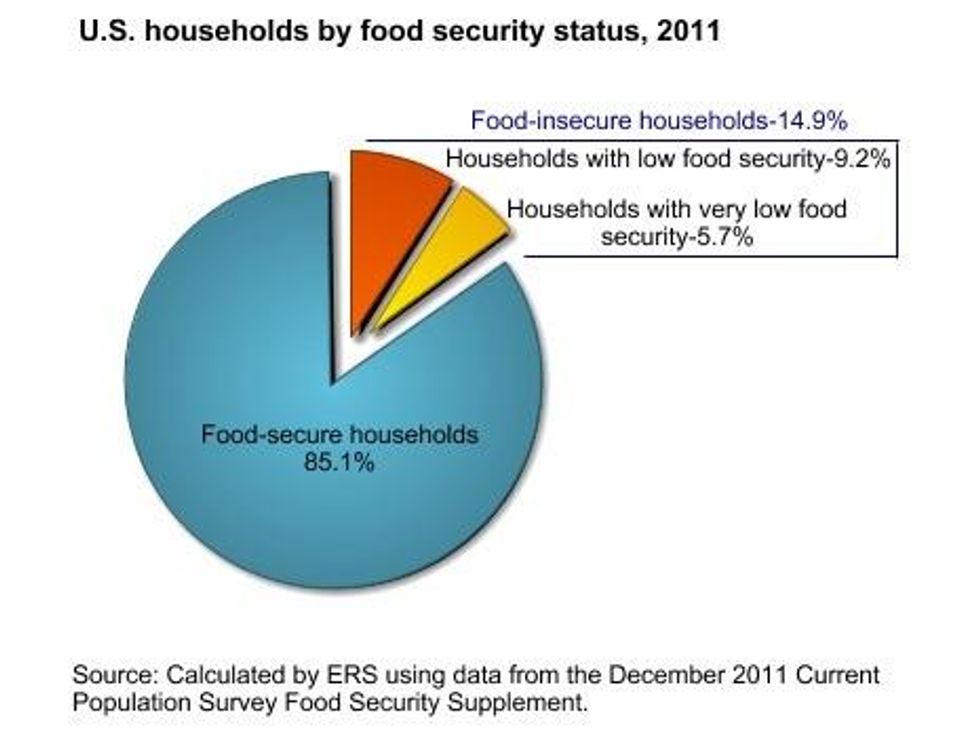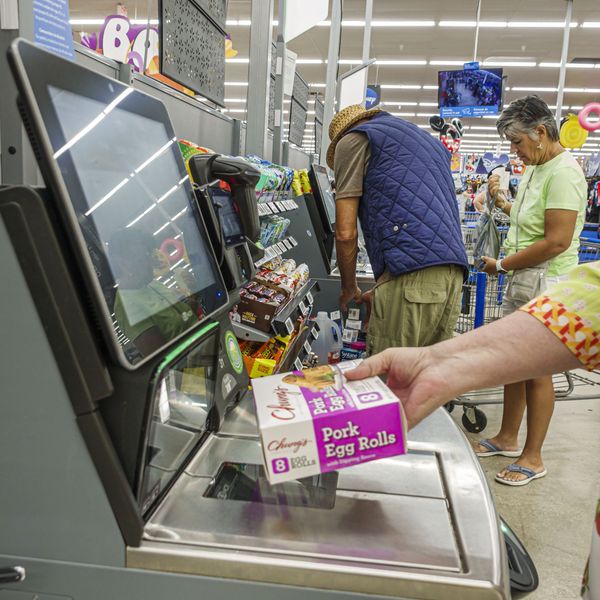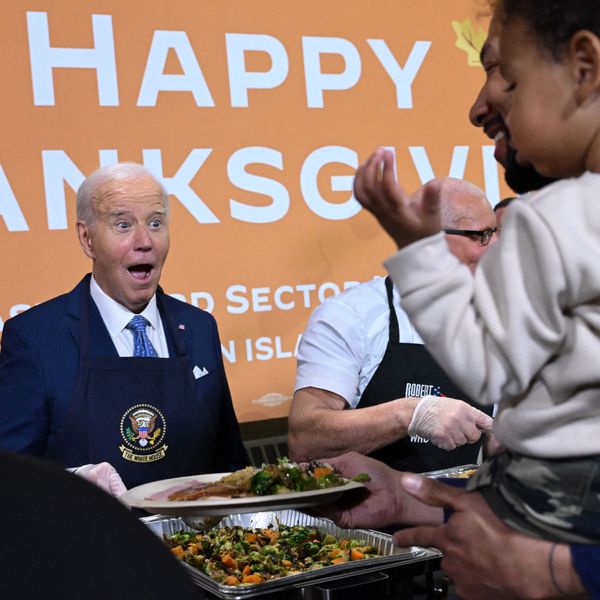Report: Nearly 15% of US Households 'Food Insecure'
Nearly 15% of households in the U.S. were "food insecure" last year, the United States Department of Agriculture (USDA) reported Wednesday.
The statistic represents 17.9 million households.
The USDA qualifies "food insecure" as people whose "access to adequate food is limited by a lack of money and other resources."
Nearly 15% of households in the U.S. were "food insecure" last year, the United States Department of Agriculture (USDA) reported Wednesday.
The statistic represents 17.9 million households.
The USDA qualifies "food insecure" as people whose "access to adequate food is limited by a lack of money and other resources."
Of that nearly 15%, 5.7 percent (6.8 million), were classified as having very low food security, meaning "normal eating patterns of one or more household members were disrupted and food intake was reduced at times during the year" due to lack of resources. This represents an increase from the 2010 level of 5.4 percent.

The millions of food insecure households highlight the need for safety nets such as food stamps, and there is now a record number of Americans on food stamps -- 15% of the population.
An Urgent Message From Our Co-Founder
Dear Common Dreams reader, The U.S. is on a fast track to authoritarianism like nothing I've ever seen. Meanwhile, corporate news outlets are utterly capitulating to Trump, twisting their coverage to avoid drawing his ire while lining up to stuff cash in his pockets. That's why I believe that Common Dreams is doing the best and most consequential reporting that we've ever done. Our small but mighty team is a progressive reporting powerhouse, covering the news every day that the corporate media never will. Our mission has always been simple: To inform. To inspire. And to ignite change for the common good. Now here's the key piece that I want all our readers to understand: None of this would be possible without your financial support. That's not just some fundraising cliche. It's the absolute and literal truth. We don't accept corporate advertising and never will. We don't have a paywall because we don't think people should be blocked from critical news based on their ability to pay. Everything we do is funded by the donations of readers like you. Will you donate now to help power the nonprofit, independent reporting of Common Dreams? Thank you for being a vital member of our community. Together, we can keep independent journalism alive when it’s needed most. - Craig Brown, Co-founder |
Nearly 15% of households in the U.S. were "food insecure" last year, the United States Department of Agriculture (USDA) reported Wednesday.
The statistic represents 17.9 million households.
The USDA qualifies "food insecure" as people whose "access to adequate food is limited by a lack of money and other resources."
Of that nearly 15%, 5.7 percent (6.8 million), were classified as having very low food security, meaning "normal eating patterns of one or more household members were disrupted and food intake was reduced at times during the year" due to lack of resources. This represents an increase from the 2010 level of 5.4 percent.

The millions of food insecure households highlight the need for safety nets such as food stamps, and there is now a record number of Americans on food stamps -- 15% of the population.
Nearly 15% of households in the U.S. were "food insecure" last year, the United States Department of Agriculture (USDA) reported Wednesday.
The statistic represents 17.9 million households.
The USDA qualifies "food insecure" as people whose "access to adequate food is limited by a lack of money and other resources."
Of that nearly 15%, 5.7 percent (6.8 million), were classified as having very low food security, meaning "normal eating patterns of one or more household members were disrupted and food intake was reduced at times during the year" due to lack of resources. This represents an increase from the 2010 level of 5.4 percent.

The millions of food insecure households highlight the need for safety nets such as food stamps, and there is now a record number of Americans on food stamps -- 15% of the population.

